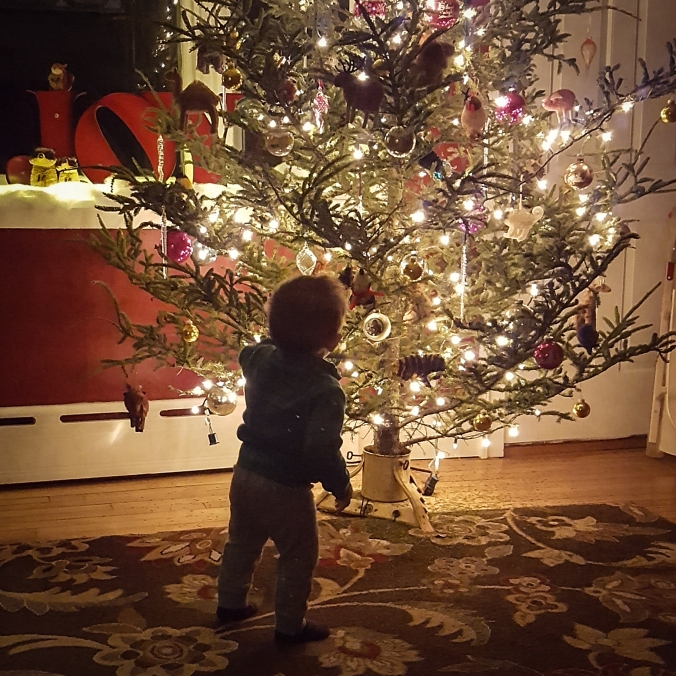It’s been a whirlwind kind of week in preparing the Browning Bench Tool Factory for its Grand Opening this coming Saturday, the 15th. The historical society was given the use of a building that was moved and restored in 1976. It was originally a factory building used in the making of small hand tools such as hand planes.
The idea of building another building for the display of sleighs, wagons and large agricultural artifacts had been discussed during the latter part of last year but the cost of doing so was just out of reach. The Bench Tool had been used in the past for exhibits of local crafts on Old Home Day but has basically sat idle otherwise. It’s a barn essentially with no insulation but tight to the weather. It has a good roof and windows. We figured this would be the perfect annex for our agricultural display.
The sleighs, wagon, and large agricultural articles have been moved in, the smaller stuff has been making its way over. This past week with work bees we’ve sorted things to different floors and by industry, season or animal. There are displays about sugaring and skiing, tools for ice cutting and wood cutting. Dairy, haying and harvesting grains are included along with bee equipment and chicken brooders.
The third floor is a temporary exhibit on textiles and the manufacture. Shirley (the loom) is set up and being dressed this week, I will be weaving there most Saturdays through the season. There will be displays of other spinning and weaving equipment as well as some of the hand-woven artifacts from the museum.
One of the most important things for me has been the photographs. The Historical Society has a treasure trove of amazing photos and I have scanned a good many of them in the past 10 months or so. I’ve printed and mounted a great number of them to display along with the artifacts to put things in context. So while the displays come together I think the photographs will be the icing on the cake. To see the town as it was 130 years ago is an amazing thing – open fields, amazing views, industry. It’s difficult sometimes to wrap your head around it.
The trustees have come together and done an amazing job. They all really care about the history of the town and sharing it with those that are interested. If you are in the area on any Saturday through Fall from 10 A.M. to 2 P.M. stop by and see what we have in our newly expanded museum, there’s something for everyone. Also consider becoming a member or lending your support as we continue to uncover treasures to share with everyone.



















